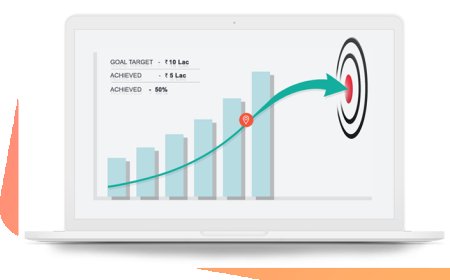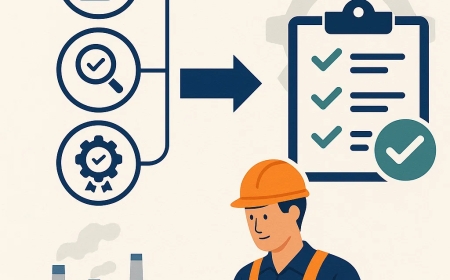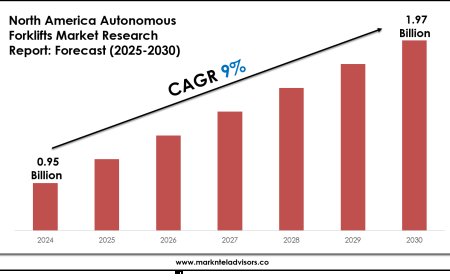Tips for Negotiating the Best Price on a Pre-Owned Car
The truth is: negotiation is expected when buying a used car—and with the right approach, you can save hundreds or even thousands of dollars. In this article, we’ll walk you through everything you need to know to negotiate confidently and effectively when purchasing a pre-owned vehicle.

Buying a pre-owned car is one of the smartest financial decisions you can make, especially when compared to the immediate depreciation that hits new vehicles. But while its easy to spot a great deal online, negotiating the best price in person (or even virtually) can be intimidating for many buyers.
The truth is: negotiation is expected when buying a used carand with the right approach, you can save hundreds or even thousands of dollars. In this article, well walk you through everything you need to know to negotiate confidently and effectively when purchasing a pre-owned vehicle.
1. Do Your Research First
Before you even think about negotiating, know the value of the car youre interested in. Use trusted pricing tools like:
- Kelley Blue Book (KBB)
- Edmunds
- NADA Guides
- CARFAX History-Based Value
These platforms give you an idea of what the vehicle is worth based on its:
- Make and model
- Year
- Trim level
- Mileage
- Condition
- Location
Research gives you a clear understanding of the cars fair market value, so youll know whether the asking price is high, low, or right on the money.
https://www.cruhtx.com/inventory
2. Check the Vehicle History Report
A vehicle history report from CARFAX or AutoCheck provides valuable insight into the cars past, including:
- Accidents or damage
- Number of previous owners
- Service history
- Mileage consistency
- Title issues (e.g., salvage or rebuilt title)
If anything negative appears in the report, use it to leverage a lower price. For example, if the vehicle was in a minor accident or had a late oil change history, you might ask for a reduction based on the potential risk or cost of future repairs.
3. Get a Pre-Purchase Inspection
Spending $100$200 on a trusted mechanic to inspect the car can save you thousands in hidden repair costs. A mechanic can check:
- Engine and transmission health
- Brake condition
- Suspension and tires
- Fluid levels and leaks
- Frame and underbody damage
If issues are found, request that they either be repaired before purchase or deducted from the selling price. Even minor problems like worn tires or a leaking gasket can be used to lower the asking price.
4. Know Your Budgetand Stick to It
Before you walk into a dealership or meet with a seller, set a maximum price youre willing to pay, and dont go beyond it. Factor in:
- Taxes and registration
- Insurance cost
- Inspection fees
- Any immediate repairs or upgrades needed
Sellers may try to upsell you with extended warranties or accessories. Decide in advance if youre open to those and dont get emotionally attachedthere are always more cars.
5. Make the First Offer
A lot of buyers wait for the seller to reduce their price, but by making the first offer, you control the negotiation anchor point. Start lower than your actual budget, but not so low that its insulting. For example:
Ive seen similar models listed for $15,000, but given the mileage and the minor cosmetic damage, Im comfortable offering $13,800.
This tells the seller youve done your research and are serious about buying.
6. Use Silence as a Tool
Once you make your offer, stay quiet. It may feel awkward, but silence is a powerful negotiation tool. The seller will usually respond with a counteroffer or ask you to explain your number. This gives you space to reassert your research and point out any flaws that justify your price.
7. Point Out Defects and Imperfections
When inspecting the vehicle, take notes on things like:
- Scratches, dents, or paint fading
- Torn upholstery or worn interior
- Non-functioning electronics (radio, backup camera, windows, etc.)
- Old tires or brakes near replacement time
Bring these up during negotiation. Even if the vehicle runs great, minor defects can reduce its resale value and your desire to pay full asking price.
8. Use Competing Listings as Leverage
If youve found similar cars online for less, bring printed listings or screenshots to show the seller. Say something like:
Im also considering this other vehicle nearby thats $1,000 less with similar features and mileage. If youre willing to come closer to that price, Id prefer to buy from you.
This demonstrates that youre shopping smart and not afraid to walk away.
9. Dont Mention Your Trade-In Too Early
If you're trading in a car, negotiate the price of the used car you want to buy first. Dealers may adjust numbers to make it look like you're getting a great deal on one end while overcharging on the other. Finalize the purchase price of the new car first, then bring up your trade-in.
10. Be Ready to Walk Away
This is the golden rule. If the seller isnt budging and the deal isnt right, walk away politely. Often, theyll call you back within a day or two with a better offer. If not, youve avoided overpaying for a car that wasnt a great fit.
11. Negotiate Add-Ons and Fees
At dealerships, you may face additional fees like:
- Documentation fees
- Dealer prep fees
- VIN etching
- Fabric or paint protection
- Window tinting fees
Many of these are negotiable or unnecessary. Ask for a breakdown of all fees, and push back on anything that doesnt serve you.
12. Secure Financing Beforehand
If you plan to finance your car, get pre-approved by your bank or credit union before visiting the seller. This gives you:
- More power to negotiate as a cash buyer
- Lower interest rates than most dealerships offer
- A clear understanding of what you can afford
Some dealers will try to confuse you by focusing on monthly payments instead of the total vehicle price. Stay focused on the total cost, not just the monthly rate.
13. Time Your Purchase Wisely
Believe it or not, timing matters. The best time to buy a pre-owned car is:
- At the end of the month or quarter (dealers want to hit sales targets)
- During major holidays (Memorial Day, Labor Day, Black Friday)
- In the winter months, when demand is lower
These times increase your chances of scoring a better deal.
Final Thoughts
Negotiating a pre-owned car price doesnt have to be stressful. With the right preparation, confidence, and willingness to walk away, you can land a great deal on a car that fits your needs and budget.
Heres a quick recap of the keys to success:
- Do your homework
- Get a vehicle history report
- Bring up cosmetic and mechanical flaws
- Set a firm maximum price
- Dont be afraid to walk away
Remember: knowledge is power. The more informed you are, the more likely you are to leave the lot feeling like you got the best deal possible.


































